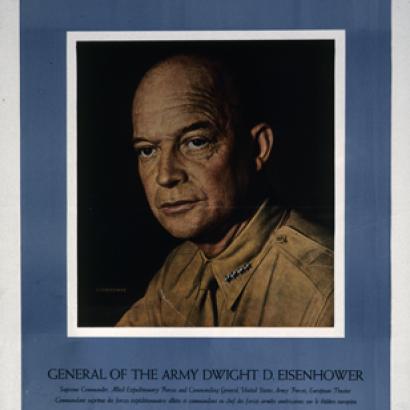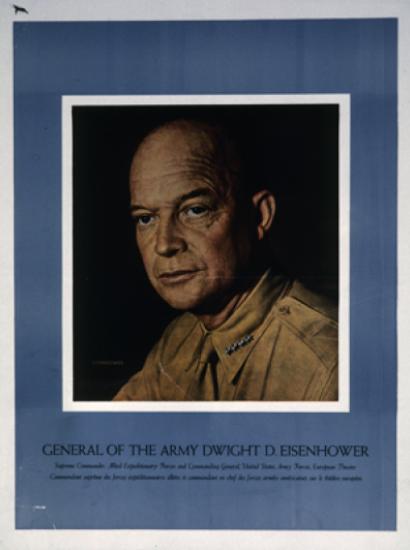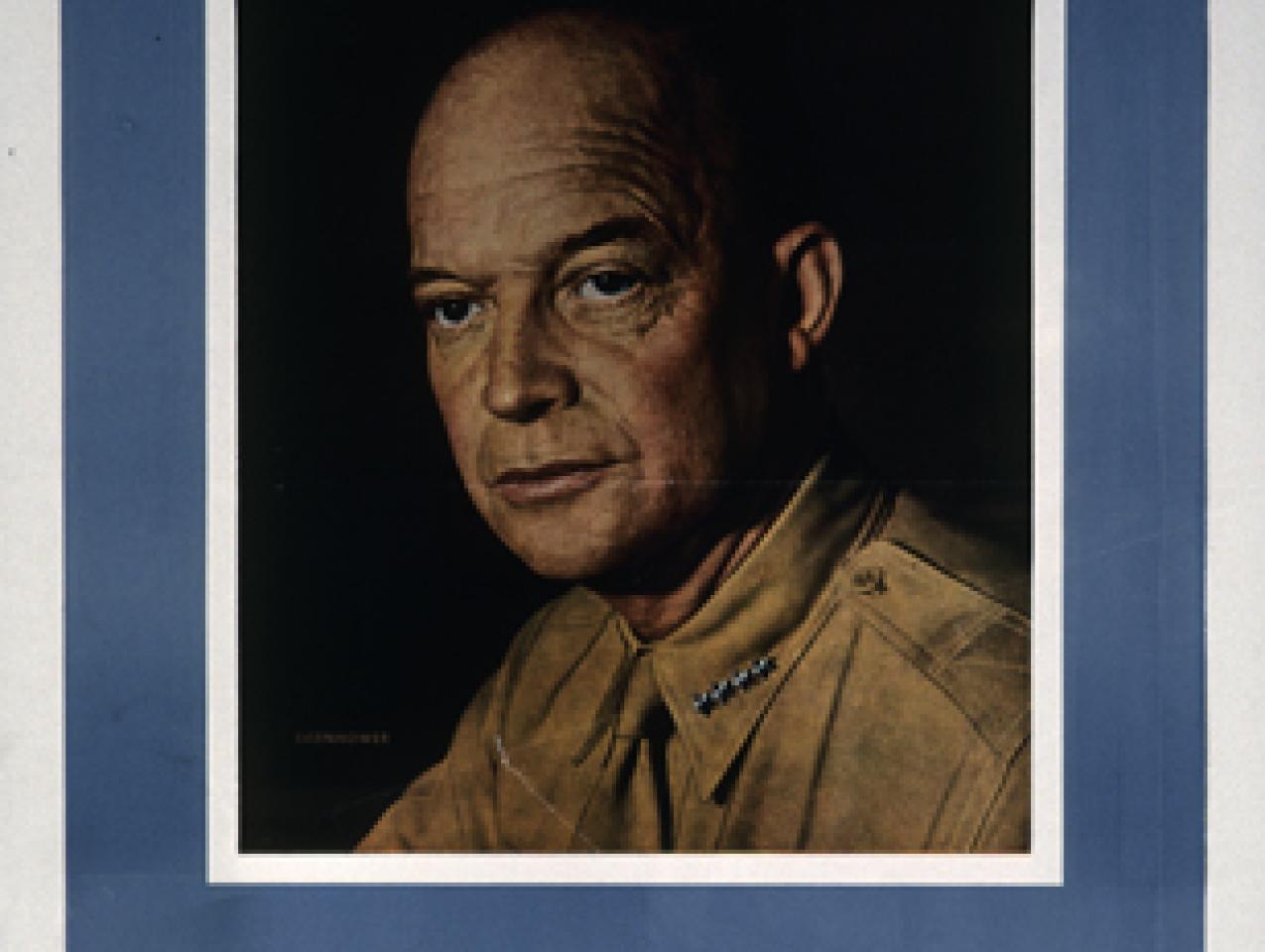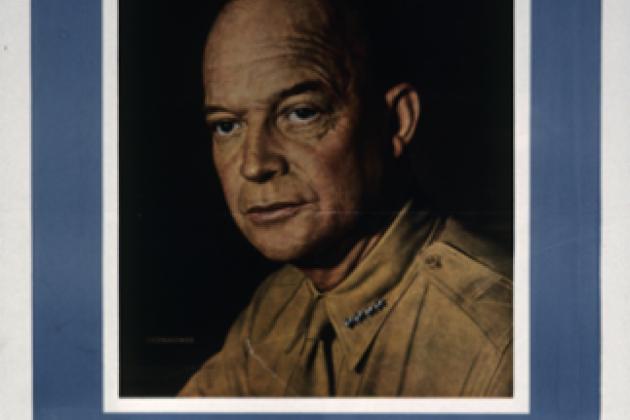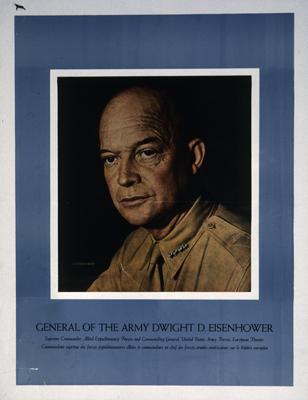- History
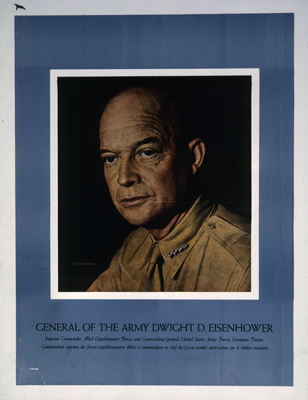
President Trump set off a rhetorical hand grenade this week, threatening North Korea with “fire and fury like the world has never seen.” The Secretary of State rushed to reassure Americans that there was no imminent threat and they could “sleep safe at night.” The Secretary of Defense issued a statement bristling with resolve to win any war that North Korea initiates—with the interesting subtext that the U.S. would not initiate a war with a preemptive attack on North Korea’s nuclear weapons.
President Trump is by no means the first American president to publicly threaten the government of North Korea. Much of the over-heated coverage of President Trump’s admittedly unhelpful statement overlooks that Nobel Peace Prize-winner President Barack Obama publicly said “We could, obviously, destroy North Korea with our arsenals.”
In the hive of social media, suggestions abound that Secretary Mattis ought to reprise Secretary Schlesinger’s instruction to the Chairman of the Joint Chiefs of Staff in 1973 during President Nixon’s impeachment not to execute any order from the president without consulting him (something Secretary Mattis nipped in the bud by emphasizing his subordination to the only elected national security official). There are even suggestions the Secretaries of Homeland Security and Defense conspired to ensure one or the other would be in Washington at all times for similar purpose. The enervation is enough to make one long for the careful procedural deliberation of the Eisenhower Administration.
Debates among the Eisenhower Administration’s national security cabinet are some of the most serious-minded explorations of strategy ever conducted by Americans. Students of strategy revere the Solarium project, an exercise to design competing strategies for consideration and around which to build administration consensus. But even in the biennial updates of the Basic National Security Policy (as the National Security Strategy was then called—and properly, because the policy provides the ends that strategy must connect to means), the seriousness of the President’s engagement is extraordinary.
For me, the best example comes in the discussion of circumstances related to those under consideration by President Trump about North Korea: whether to preemptively attack the Soviet Union if a nuclear attack on the United States were determined to be imminent. As the U-2 overflights would later reveal, the United States could very likely have completely destroyed the Soviet Union’s strategic nuclear forces. President Eisenhower concluded it to be impractical—and not on military grounds. Morally, Eisenhower believed such a preemptive attack would “violate national tradition.” Eisenhower declined to give himself the option because, as he wrote in his diary, he believed the President of the United States lacked the Constitutional authority to undertake such an attack without the consent of the Congress. And he could not see how Congress could be speedily and secretly convened to issue a declaration of war.







